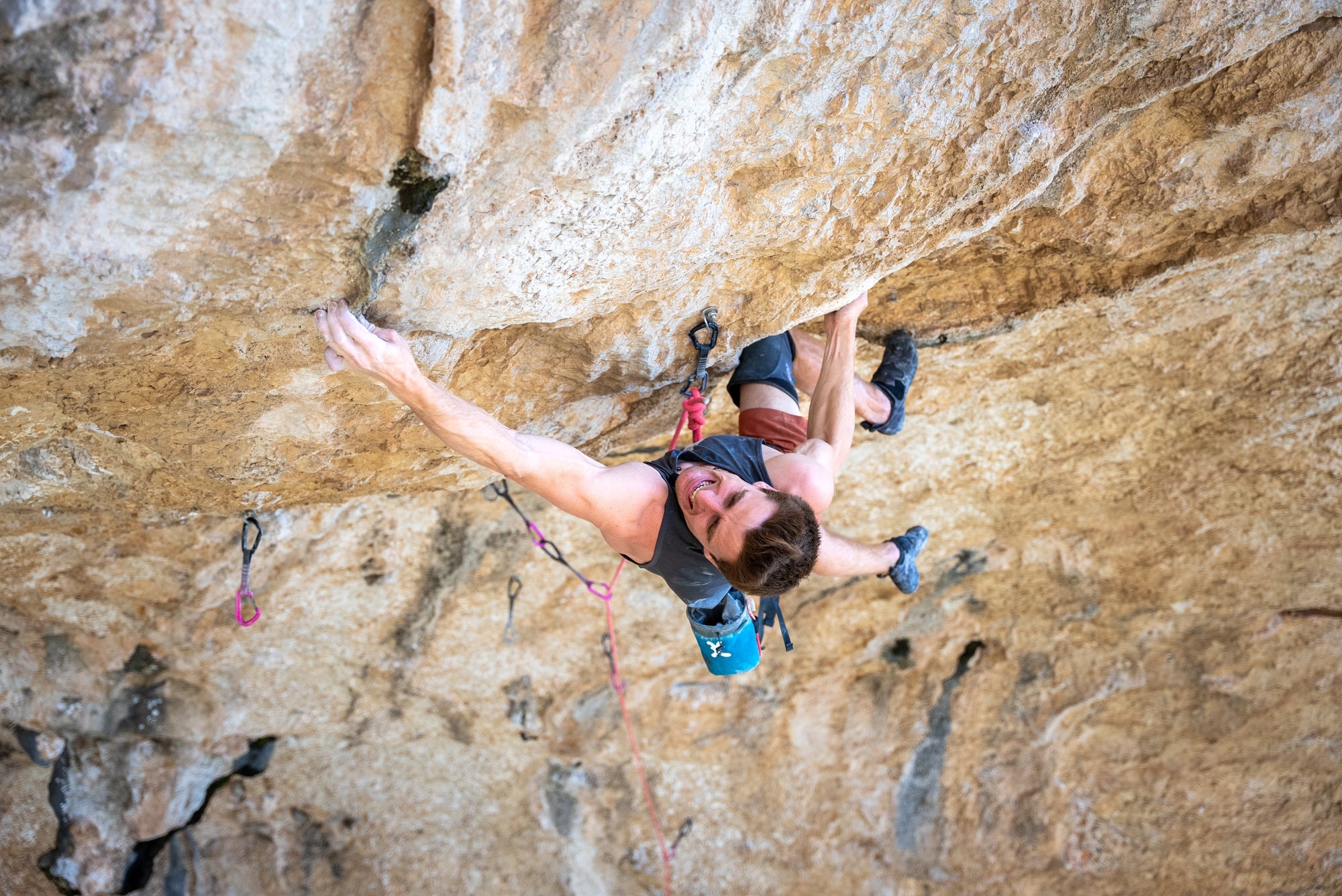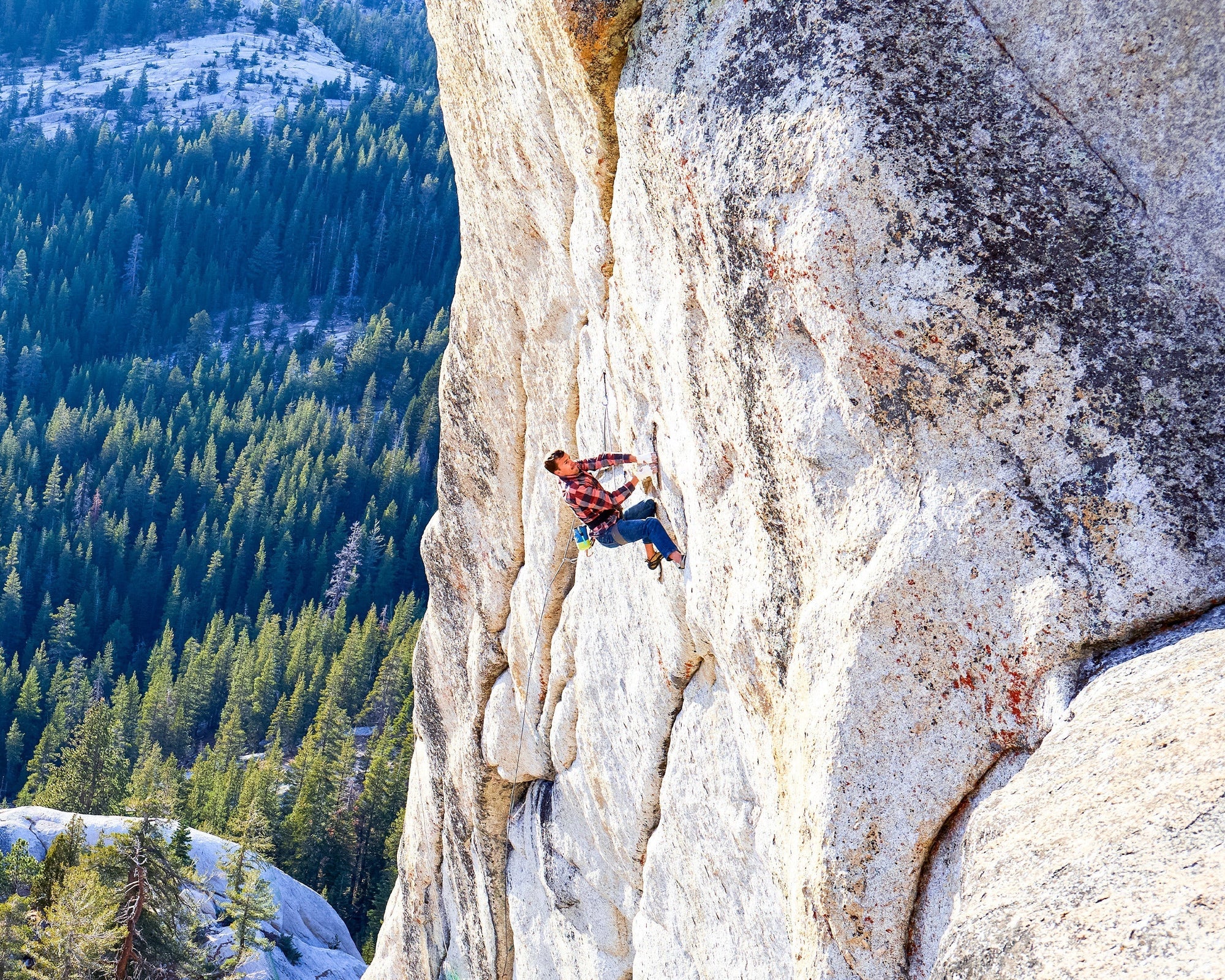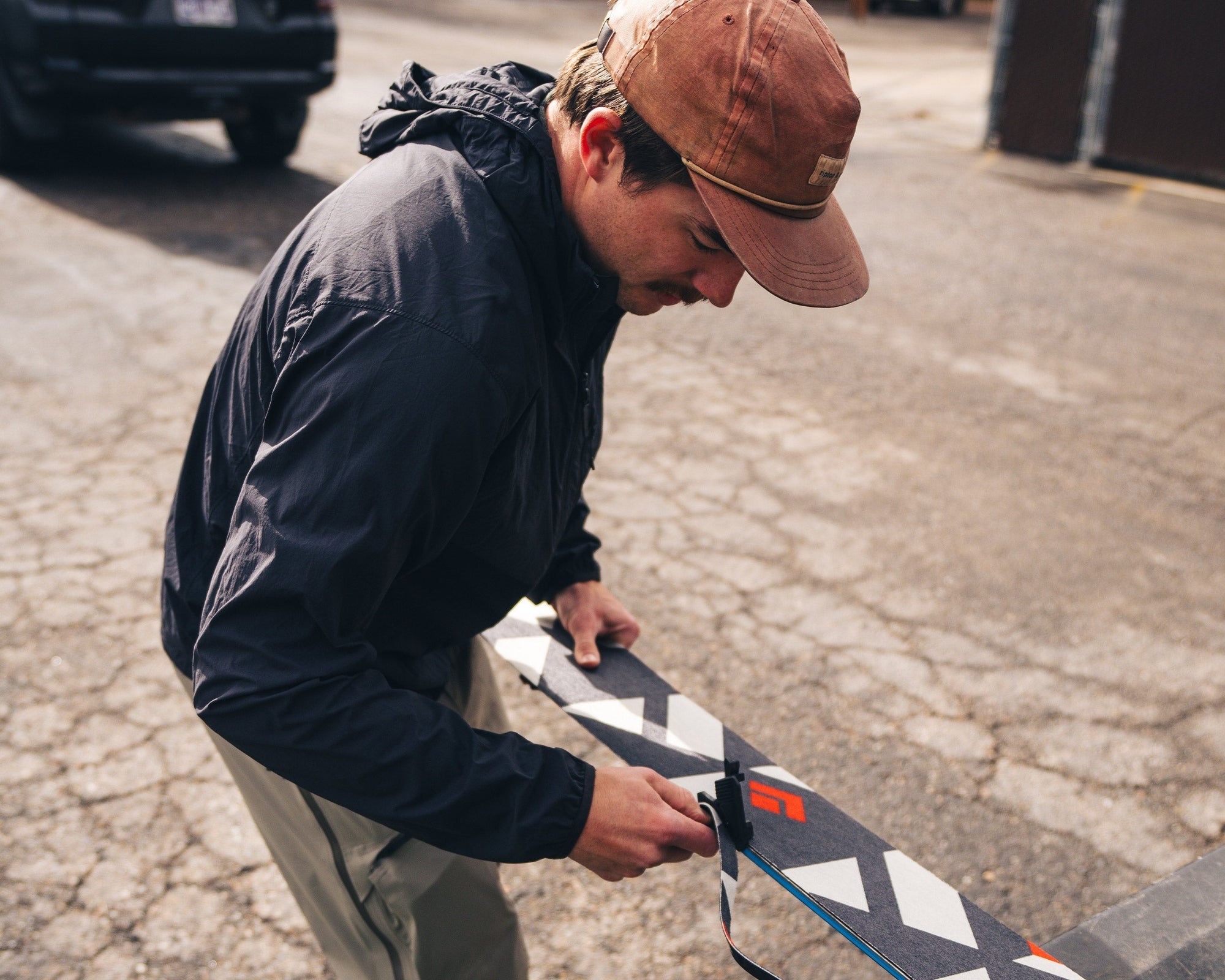
DEEP INTO THE COMMUNITY
Black Diamond Athlete Angela Hawse is a guide for change.
You're eligible for Free Shipping!
$0.00 USD
We've all seen it at the cliffs, and I'm a major offender myself—climbing on old ratty ropes. Yeah, ropes are expensive and that's the main reason people push their ropes to the limit—trying to squeeze every last ounce of use out of them until they become a dog leash or door mat. I'm not going to lie—I get sweet deals on cords, but still, I don't like to be wasteful and usually end up climbing on my ropes a little too long.

I decided just to test the ultimate tensile strength of the rope in different areas, and compare it to a brand new rope of the same model and make. We didn't do anything fancy—just a figure 8 on each end, and pulled to failure in the tensile tester. We were just doing this quick and dirty for comparison's and curiosity's sake.
When tested like this, breakage at the knot is almost always the failure mode—and remember—figure eight knots can reduce the strength of a rope somewhere in the neighborhood of 25-30%.

The first test we did was a piece from one of the totally worn-out ends. It broke at around 6 kN—and NOT at the knot.
Yowsa, I had just been whipping all over the place on that cord—and it broke at 6 kN, and NOT at the knot—scary stuff. Though the sporto falls I was taking were super soft (my wife was belaying and is light, and I am fat)—chances are the tension seen in the rope wasn't anywhere near 6 kN, but if I had gotten slammed hard, low to the ground, etc??? It's definitely possible to see these kinds of loads in the field.
We decided to do more tests on my cord—on the ends, and in the middle, as well as on a brand new 9.4 mm for comparison purposes. In all subsequent tests, the sample broke at the knot as expected, but we still saw some frighteningly low values.

Still curious and given the results we'd seen—the boys in the lab and I decided to do the same with some other tattered ropes that were around. We did similar tests with more Beal ropes as well as Sterling, Edelweiss, Mammut, etc. We found very similar results:
Be careful out there,
KP



Follow BD Athlete Yannick Glatthard deep into the Swiss Alps as he shares his home...
Follow BD Athlete Yannick Glatthard deep into the Swiss Alps as he shares his home mountains with close friends.

Follow Dorian Densmore and Mya Akins for another winter season of steep Alaskan spines, backyard...
Follow Dorian Densmore and Mya Akins for another winter season of steep Alaskan spines, backyard couloirs, and deep adventures in the mountains.


Watch BD Athlete Alex Honnold throw down on some hard trad high above Tahoe.



In 2012, filmmaker and photographer Ben Ditto, and professional climber Mason Earle equipped an immaculate...
In 2012, filmmaker and photographer Ben Ditto, and professional climber Mason Earle equipped an immaculate line in Tuolumne’s high country. But their attempts to free the route were thwarted when Mason’s life changed drastically. With the help of Connor Herson, Ditto and Mason found a way to keep the dream alive.


Watch and learn as our Field Test Coordinator runs you through a step by step...
Watch and learn as our Field Test Coordinator runs you through a step by step process of trimming and setting up any STS-style Black Diamond skin.


Every climber has a few lines they dream about. Whether inspired or haunted—or sometimes both—these...
Every climber has a few lines they dream about. Whether inspired or haunted—or sometimes both—these lines can push us beyond what we thought we were capable of, in turn teaching us who we really are. BD Ambassador Ethan Salvo recently restructured his entire life to focus on two climbs that pulled him into the void with only one way out … getting to the top. This is his story of sending Dreamcatcher and becoming the first Canadian to climb V16 in the same week.

BD Athlete Connor Herson spent as many weekends as possible in the Valley this spring...
BD Athlete Connor Herson spent as many weekends as possible in the Valley this spring during a grueling quarter at Stanford. The objective? Ground up, in-a-day ascents.
